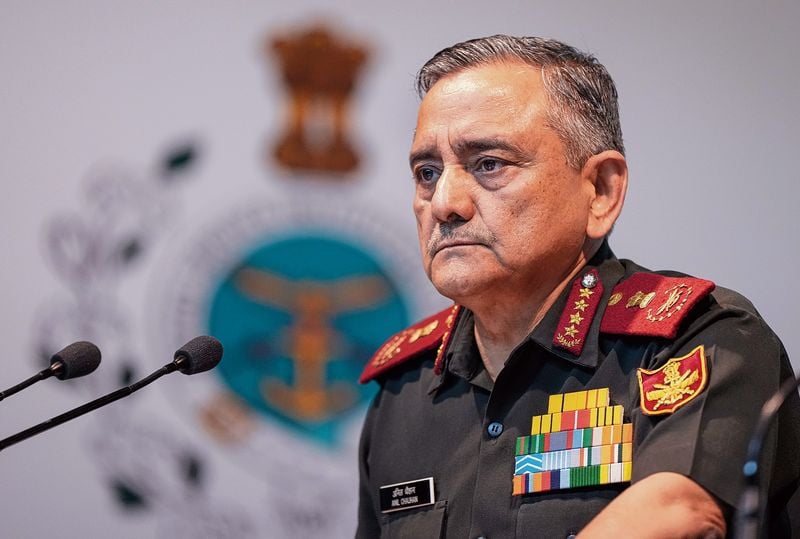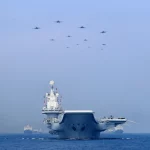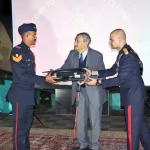Chief of Defence Staff (CDS) General Anil Chauhan has revealed that countering fake narratives during Operation Sindoor accounted for 15 percent of the mission’s duration, underscoring the growing importance of information warfare in modern conflicts. Speaking at the Shangri-La Dialogue in Singapore, General Chauhan described Operation Sindoor as a non-contact, multi-domain campaign involving distributed force application, cyber and disinformation efforts, intelligence operations, and network-centric warfare.
The operation, launched in response to the April 22 Pahalgam attack, began with airstrikes on terror targets in Pakistan and Pakistan-occupied Kashmir on May 7. General Chauhan highlighted that India leveraged indigenous defence systems such as the Akash missile system and integrated both domestic and foreign radar networks to create a cohesive and modernised defence architecture. While Pakistan reportedly relied on Chinese commercial satellite imagery, there was no evidence that it received real-time targeting support.
Real-time integration across air, land, and sea domains, the CDS said, is only as effective as the underlying networks they connect to. He also raised questions about where cutting-edge technologies should be embedded—in the weapon, the platform, or the network—pointing to ongoing challenges in military modernisation.
General Chauhan stressed the shifting nature of warfare, now characterized by flexible and deceptive strategies. The significant time dedicated to combating misinformation during Operation Sindoor demonstrated the necessity for a dedicated information warfare vertical. India’s approach relied on fact-based communication despite slower response times. While military systems remained secure due to air-gapping, public information platforms experienced minor disruptions.
Addressing the future of conflict, General Chauhan discussed the limitations and potential of Artificial Intelligence (AI) in warfare. He warned of the risks automation and robotics bring to decision-making, noting that fewer lives at stake could lead to more aggressive actions. Currently, military AI’s utility is restricted because it depends heavily on open-source data. To enhance its effectiveness, AI must be deeply integrated into operational planning, wargaming, and intelligence analysis.
On bilateral ties with Pakistan, the CDS described India’s approach as strategic and long-term. He noted that at the time of partition, Pakistan was socially and economically ahead of India, but India’s progress today is the outcome of sustained strategy. Cautioning that diplomatic efforts require reciprocity, he said disengagement could be a viable response if hostility persists.
General Chauhan also highlighted India’s maritime domain as its strategic outlet, given geographical constraints posed by conflict with China and instability in Myanmar. He underscored that nuclear escalation in undeclared conflicts is illogical and warned that no war is without significant cost.













